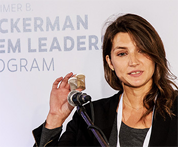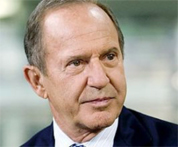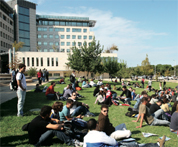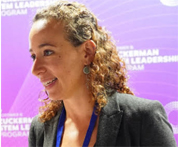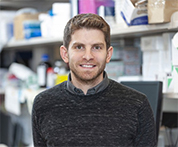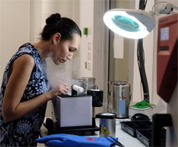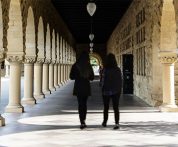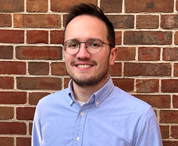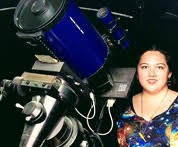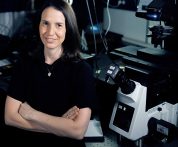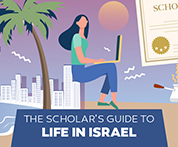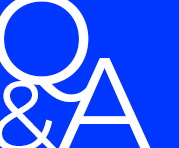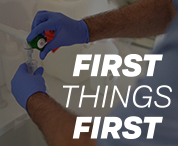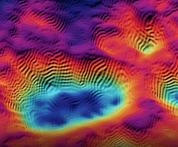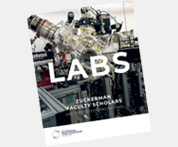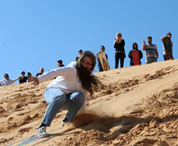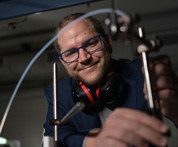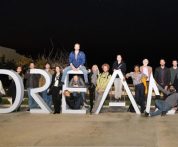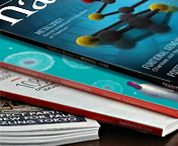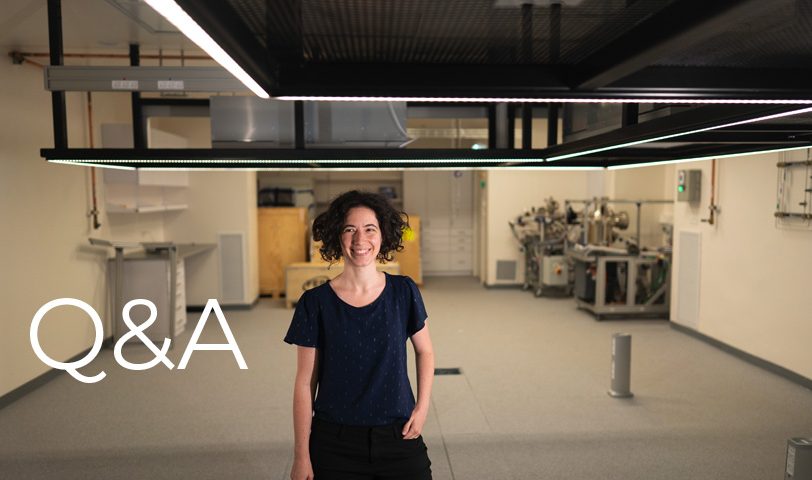Dr. Hadas Soifer is an Assistant Professor in the School of Physics and Astronomy at Tel Aviv University. Her lab — unique in Israel in terms of its capabilities in this ground-breaking and fast-developing field — explores the possibilities of photocurrent generation – a nonlinear optical process where light absorbed in the material induces a current flow, which holds special promise for optical quantum control of currents in devices.
Please describe your current research, the focus of your lab, and the practical implications of your research
My research is in the interface of ultrafast optics and solid-state physics. I’m interested in special materials – crystals – known as quantum materials. Unlike regular crystals such as silver for example, quantum materials have unique effects that emerge from the global properties of the electrons’ quantum wavefunction (e.g. their interactions or their topology). For example, a topological insulator is a curious material that is insulating (cannot conduct current) inside, but current can actually flow on its surface. Think of it as a piece of wood (insulating) wrapped in conducting aluminum foil – except that it’s all the same material, and if we cut it in half, the new surface will immediately become conducting.
In my lab, I use an electron spectrometer that produces images of the electronic band structure, or the speed with which electrons move in different directions inside the crystal. The band structure tells us a lot about the material, so it’s very exciting to be able to image it in such a direct way. On top of that, we use ultrashort laser pulses to capture the motion of electrons to see how the bands change, on a time scale of a millionth of a billionth of a second. This combination of ultrashort light pulses and band structure imaging allows us to use light to turn on a current in a topological insulator for example, and observe in detail how the process happens. This type of optical control could be useful for quantum computers or for better energy use in electronics.
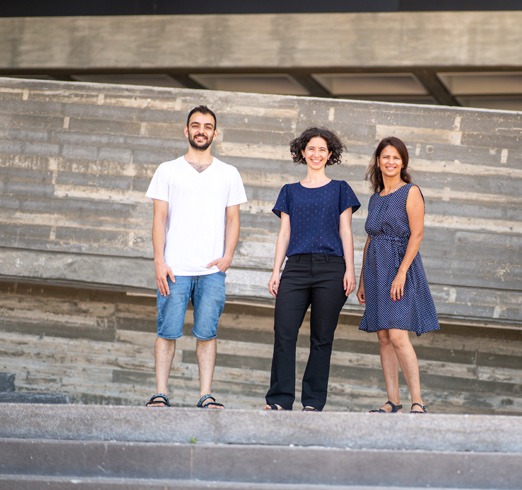
What do you enjoy most about your research and what you do?
On the personal side, I like working with talented people who are interested in similar fields and enjoy having discussions with them. From a science perspective, the big thing is discovering something new. It can be something small, but when you measure something and see it, it’s very gratifying. Even more exciting is when you don’t get the results you expect, but then things connect and you figure something new. I’m an experimentalist, I enjoy working in the lab, moving mirrors and equipment to make the light go where I need it. But I also enjoy the aesthetics of what I do. I get to see how electrons are arranged, and it’s a beautiful picture of what’s inside the material. The tool I work with gives very deep insights into the science and is also very visual. That is part of the appeal for me, seeing that beauty and enjoying it in a visual way, as well as for its scientific interest.
What inspired you to pursue this area of research?
I was really excited by this combination of the field of ultrafast light experiments – which I did during my PhD – with the study of quantum materials. This is not a very typical or common combination, so there are many new ways to combine the two fields. I find it inspiring to try and use the amazing degrees of control scientists have over light, to learn about – as well as gain new abilities to control – electronic properties of these novel materials.
What does it mean to you to be part of the Zuckerman Faculty Scholars Program?
I find that being part of a network of scholars is very meaningful. Getting to know great scientists around Israel who are starting or who have recently started their careers. It’s a great peer group for advice and seeing how things are done in Israel. I find it very motivating – and humbling – to be part of this great group.

Where do you hope your research will have the greatest impact?
This is a brand-new field of research and we’re still discovering where it can have an effect. It can impact the field of quantum computing or provide faster electronics, for example. Maybe we would be able to use light to change material properties on a more fundamental level and create something that is not at all possible without the interaction with light. This could pave the way for really new computational schemes.
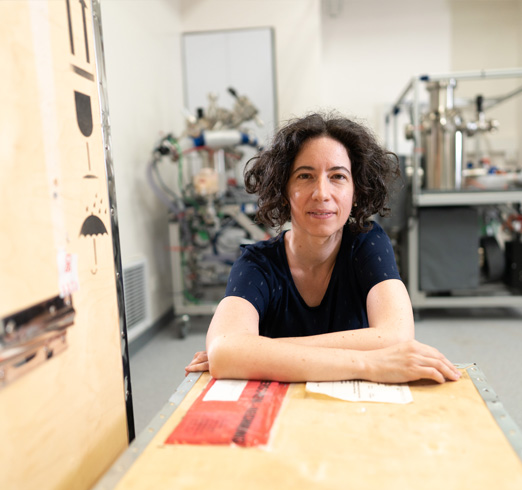
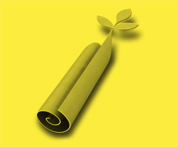 ISRAELI COUNCIL FOR HIGHER EDUCATION
ISRAELI COUNCIL FOR HIGHER EDUCATION MIT-Israel Zuckerman STEM Fund for Faculty Collaboration
MIT-Israel Zuckerman STEM Fund for Faculty Collaboration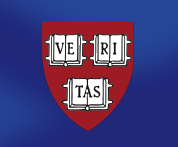 The Zuckerman Travel and Research STEM Fund at Harvard
The Zuckerman Travel and Research STEM Fund at Harvard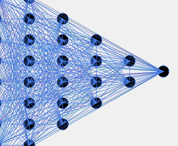 Zuckerman AI Fund at Technion
Zuckerman AI Fund at Technion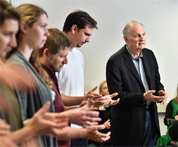 Alan Alda Communicating Science
Alan Alda Communicating Science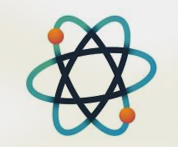 Zuckerman Institute – ScienceAbroad
Zuckerman Institute – ScienceAbroad Zuckerman Institute – America-Israel Friendship League partnership
Zuckerman Institute – America-Israel Friendship League partnership
